Showing 25–36 of 265 results
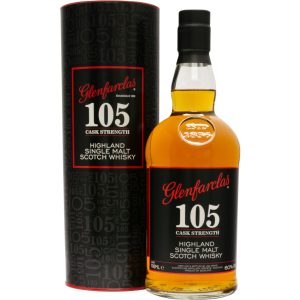
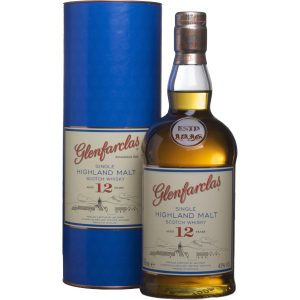
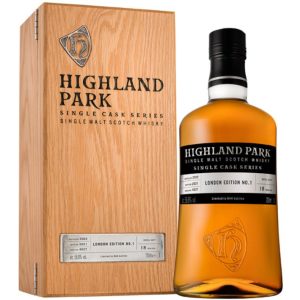

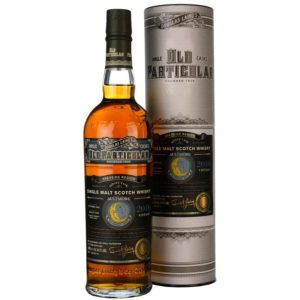
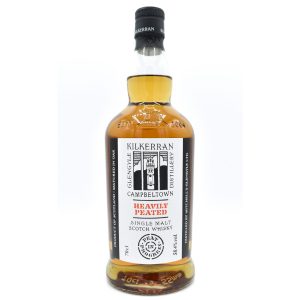
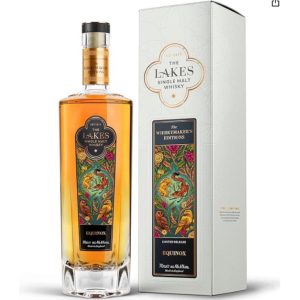
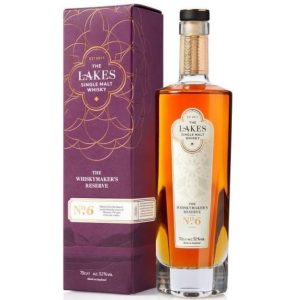
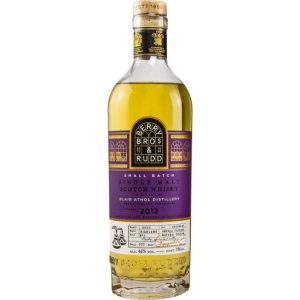
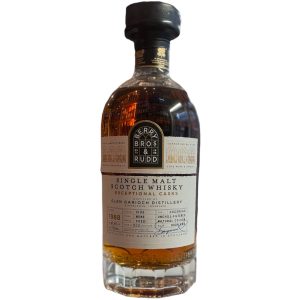
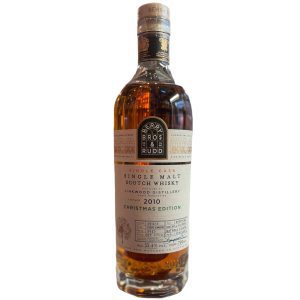
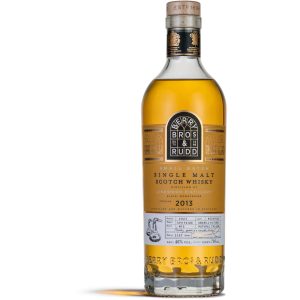
HOLIDAY OPENING HOURS
For the first time, we have decided to take a short break over the Holidays
We will be closing at 3pm on 24th December 2020 and returning on 4th January 2021
Please note that online orders will now only be dispatched once we return
Thank you for your support and best wishes for 2021
You can see how this popup was set up in our step-by-step guide: https://wppopupmaker.com/guides/auto-opening-announcement-popups/
You can see how this popup was set up in our step-by-step guide: https://wppopupmaker.com/guides/auto-opening-announcement-popups/